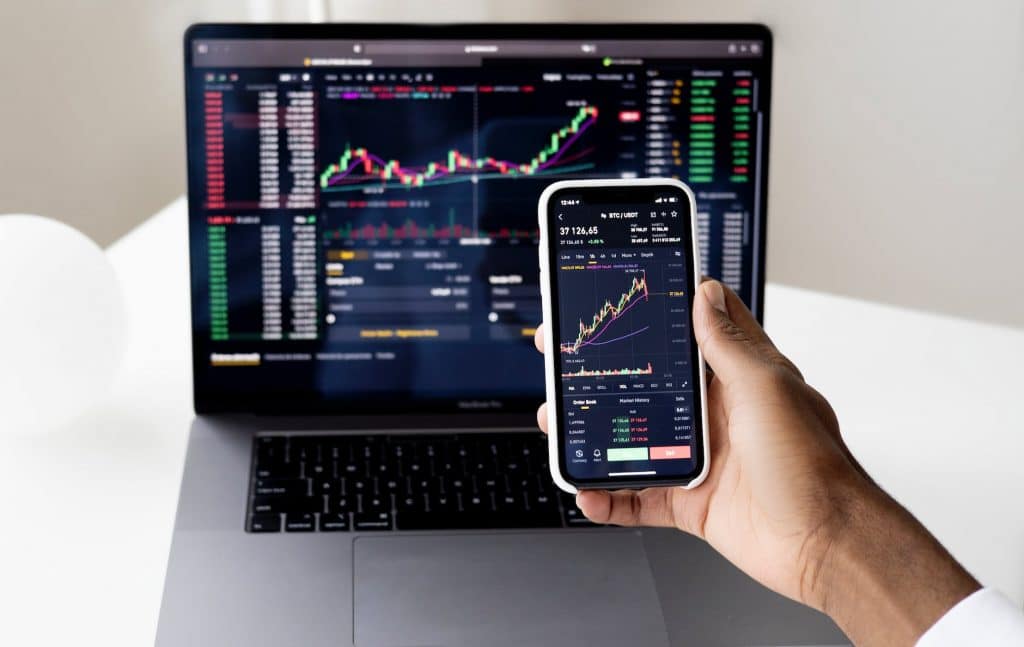The Best Timeframe to Trade Forex

As a budding or seasoned forex trader, one question you might often grapple with is, “What is the best timeframe to trade forex?” Finding the right timeframe is akin to finding the sweet spot in trading, a decision that can significantly impact your trading strategy and success rate.
Multiple timeframes offer various benefits, and what works best for one trader might not be the same for another. Therefore, let’s unravel the world of forex trading timeframes to get a better understanding of this crucial aspect.
Understanding Forex Trading Timeframes
Before diving into the specifics, it’s vital to grasp what a trading timeframe is. In forex trading, a timeframe refers to the length of time during which a trader plans and executes trades. This covers the spectrum from short-term (scalping), medium-term (day trading), and long-term (swing and position trading).
Short-Term Trading: Scalping
Scalping involves executing rapid trades, with each trade lasting from a few seconds to several minutes. The primary aim is to take advantage of smaller, more frequent price fluctuations. The preferred timeframes for scalpers are the 1-minute and 5-minute charts, making it highly dynamic and requiring meticulous attention.
Medium-Term Trading: Day Trading
Day trading involves initiating and closing trades within a single trading day, avoiding overnight market risks. Day traders commonly use the 15-minute, 30-minute, 1-hour, and 4-hour charts. This style requires a significant time commitment, but it offers more opportunities than long-term trading.
Long-Term Trading: Position and Swing Trading
Swing traders usually hold positions for days to weeks, using the daily charts to make their trading decisions. Position traders, on the other hand, hold trades for weeks, months, or even years. They predominantly rely on weekly and monthly charts. These traders spend less time in front of their screens, focusing more on long-term trends and economic factors.
Determining the Best Timeframe to Trade Forex
Now, to the big question: Which is the best timeframe to trade forex? While some traders might swear by the thrill of scalping, others may prefer the slower pace of position trading. The best timeframe to trade forex depends on numerous factors, including:
- Trading Strategy: Your trading strategy must align with your chosen timeframe. For instance, if you’re using a trend-following strategy, longer timeframes like the daily chart would be ideal.
- Risk Tolerance: Short-term timeframes may involve higher risk due to market volatility. If you prefer lower risk, a longer timeframe could be more suitable.
- Time Commitment: The amount of time you can dedicate to trading also impacts your choice. Scalping and day trading require substantial time, while swing and position trading do not.
- Personality: Are you patient and calm, or do you thrive in fast-paced environments? Your personality traits can guide you towards the most suitable timeframe.
Conclusion
In the dynamic world of forex trading, understanding the best timeframe to trade forex is critical in shaping your trading journey. There is no one-size-fits-all answer, but your trading style, risk tolerance, time availability, and personality traits hold the key to your ideal trading timeframe.
If you are interested in learning how to trade the Forex market like a pro, check out our Mentoring Program.

